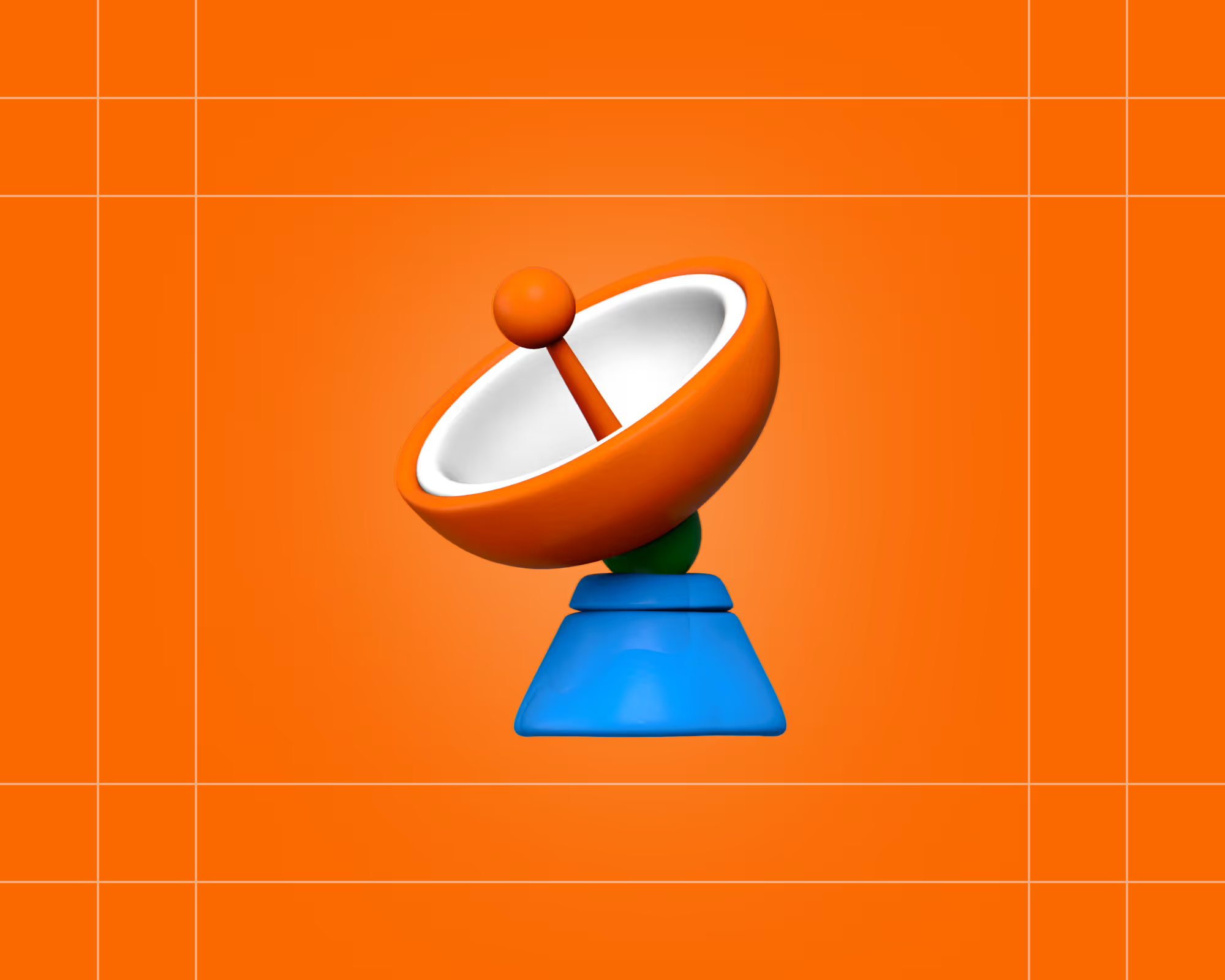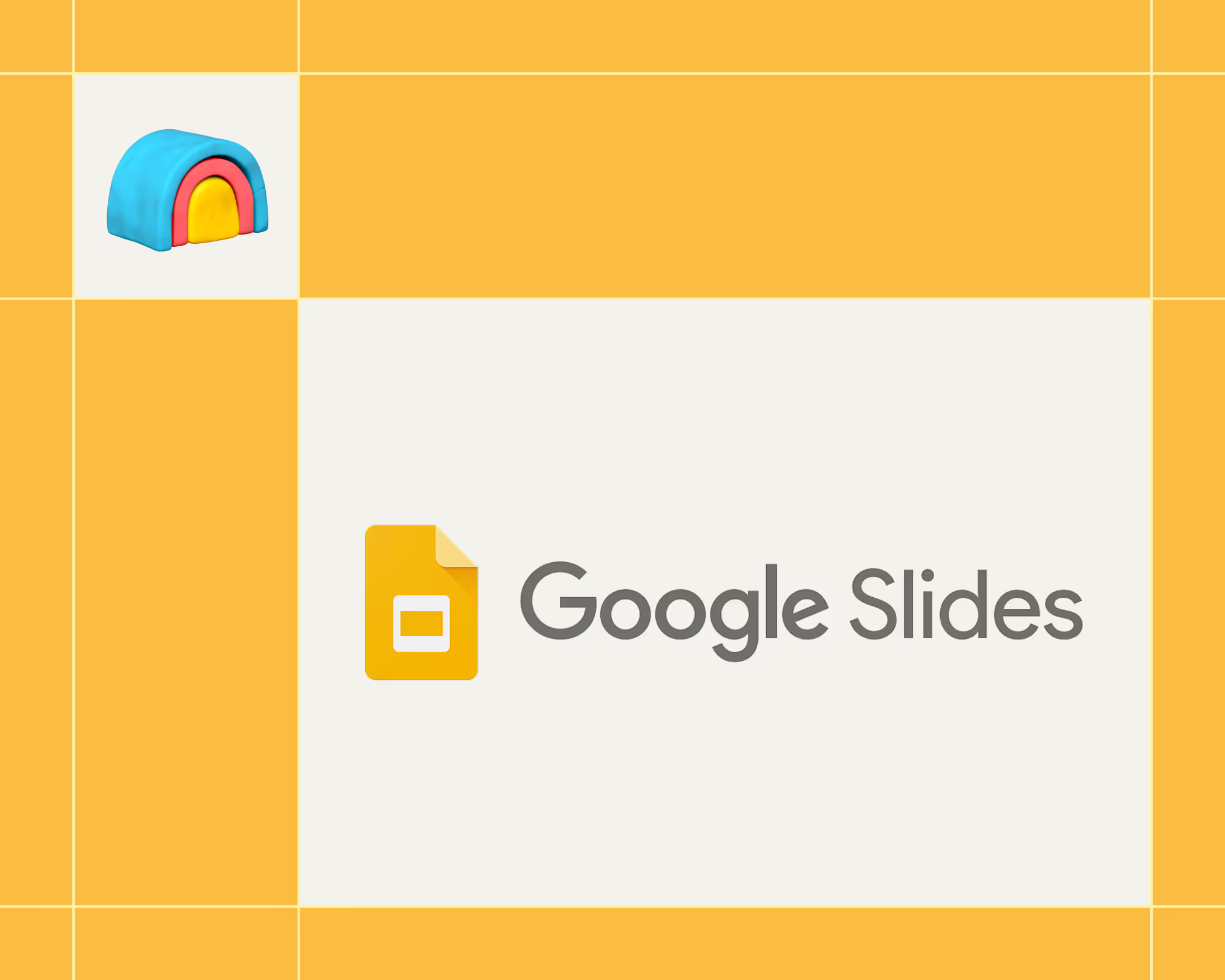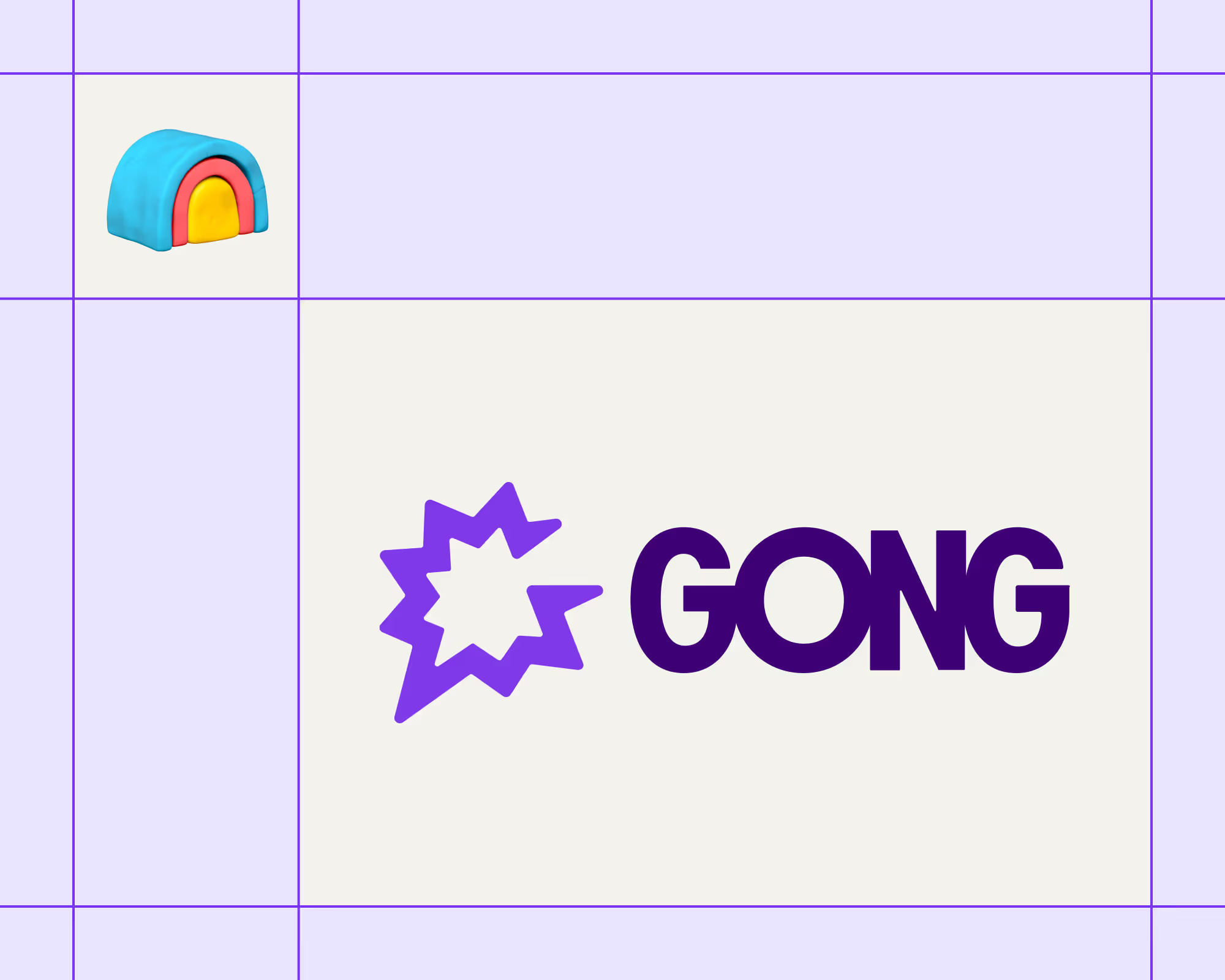You’ve done your research and gathered data on your leads. Now, it’s time to use this data to craft messages that will win them over and result in conversions. This critical activity can make or break your sales campaign—without effective outreach, all your preparation was in vain.
Considering the importance and time it takes to craft emails at scale, turning to AI is a smart move. The technology can help you reach out to leads with precise messaging without stretching your resources or sacrificing quality.
Our team has used AI for writing emails for years and managed to:
- Get 2-3x better response rates across more than 800k cold emails we send monthly
- Save several hours a day because we don’t spend as much time on research and manual writing
To help you get similar results, we’ve put together this guide to show you how to use AI to write emails.
How To Use AI To Write an Email—Top Suggestions

AI can be used in various email writing scenarios. To help you maximize the technology’s potential and improve your sales campaigns, we’ll go over the most popular and creative ones:
- Writing in bulk
- Correcting grammar and spelling
- Adjusting style and tone
- Optimizing subject lines
- Personalizing emails
- Creating drafts
Writing in Bulk
Manual email writing makes sense when you want to reach out to only a few leads. As your business grows, their numbers will increase, and at some point, you won’t be able to handle writing effective emails to everyone.
This is where AI comes in—with its help, you can write hundreds of emails with just a few prompts or clicks. Here are some appealing benefits you’ll get if you decide to use AI for bulk email writing:
- Saved time—AI email writing is much faster than manual writing, allowing you to save a lot of time on a daily basis. You can use this extra time to focus on high-value tasks
- Fast outreach—Quick email writing helps you get to your high-potential leads before someone else does or before they grow cold
- Maximum control—The right tool gives you full control over the email content. You choose what you’d like to mention in emails, and AI makes it happen
💡 Bonus read: AI can help with more than email writing. Read our extensive guides on AI in marketing and sales and how to use AI in sales to learn different ways to leverage it in your workflows. For specific use cases, read about AI sales enablement and AI SDRs.
Correcting Grammar
With email writing, every detail matters, and proper grammar is at the top of the list. Bad grammar can cost you business—if your emails are full of mistakes, your leads could see you as lazy or incompetent, making it harder to hit your targets.
You don’t need to hire a professional proofreader and editor to ensure your emails are grammatically perfect. Instead, you can leverage AI tools with grammar-checking options. These tools analyze elements such as:
AI grammar-checking tools highlight mistakes and offer suggestions to help you polish your emails. Although they don’t help you write emails per se, they ensure the content is free of mistakes so that you can leave an excellent first impression. ✨
Adjusting Style and Tone

Even if your emails are grammatically flawless, they can still leave the wrong impression on your leads due to style or tone issues, such as:
- Inappropriate tone—Some people may prefer a formal approach, while others may like a more casual one. You should adjust the tone depending on your target audience and the situation
- Inconsistency—Constantly switching tone and style can make your emails hard to follow
- Poor word choice—Some words may be too informal, inappropriate, or wrong for the context and make you seem too demanding, unprofessional, or even aggressive
Some AI tools can ensure your style and tone are on point. Like grammar-checking platforms, these tools can analyze any text (including emails) to highlight potential mistakes and offer suggestions for improvement.
Optimizing Subject Lines
The subject line is the first thing people see when they receive your email. Based on its wording, they will determine if your email is worth opening and if they should prioritize it.
Every subject line should be:
- Clear and short
- Descriptive
- Relevant
- Attention-grabbing
Instead of investing precious time in optimizing email subject lines for each lead, you can rely on an AI tool. A quality tool can offer suggestions on incorporating keywords and adjusting the language to catch your recipients’ attention and boost email open rates. ⬆️
Personalizing Emails

Generic emails may be easier to write, but they won’t resonate with your leads. You need to focus on personalization to capture their attention, offer an excellent experience, and create a foundation for building strong business relationships.
For example, you could:
- Create personalized subject lines
- Mention the lead’s name in the opening line
- Use their data to personalize email content
The problem is that personalizing every email takes time and effort. Luckily, AI tools offer a shortcut—they can create hyper-personalized emails within seconds. Using prompts, you tell the tool what data to use to write messages that will resonate with your leads and drive engagement.
Some AI solutions offer basic personalization options, like mentioning a lead’s name, job title, or company. Others are more advanced, allowing you to cite research or mention specific info like podcast appearances, and this is what you should aim for. Bringing up such details shows your lead that you’ve done your research and are determined. 🕶️
Creating Drafts
If you need to write an email manually—for a particularly high-value lead, to re-engage a cold one, or as a follow-up after a conversation—AI tools can help you with that, too. Based on your input, they can create email drafts you can later refine and adjust to your style, preferences, and goals. Your AI tool can lend a hand by:
- Summarizing your previous interactions
- Creating a structure for your email
- Ensuring that you hit all the important talking points
💡 Bonus read: ChatGPT can be a solid tool for creating email drafts. Read our guide on how to use ChatGPT to write emails to learn more. To discover ChatGPT’s other uses in sales, take a look at our articles covering ChatGPT prompts for sales and ChatGPT lead generation.
Which AI Tool Should You Use To Write Emails?
There are plenty of AI tools that can help you write emails, from chatbots to specialized writing software. ✍️
While these can be excellent options, they aren’t sales-oriented and don’t offer functionalities that help you manage multiple processes. So, if you have a specialized writing tool, you’ll still need platforms for lead generation, data enrichment, and outreach.
To keep work under one roof, look for a sales tool with a dedicated AI email writing option. If you’re unsure which platform to choose, focus on the following criteria:
Based on these criteria, one platform stands out as the best—Clay. This sales automation solution offers options covering the entire sales process, from generating leads to AI email writing. 💯
Clay—Your Go-To AI Email Writing Tool

Clay is an AI-powered sales automation platform with options focusing on effortless lead generation and outreach. In terms of email writing, Clay offers an AI email drafter that prioritizes personalization while ensuring you’re in control of the content. 💪
The drafter relies on OpenAI and the data you’ve collected on your leads to craft messages that stand out. With the drafter, you can do much more than basic personalization and have it:
- Mention an event the recipient attended
- Cite research on a company’s mission
- Use recent relevant news as an icebreaker
- Reference a person’s social media posts
Clay gives you absolute control over your emails—you can write custom prompts to get the desired results. To save time, leverage some of Clay’s powerful AI email writing templates, such as:
- Find SMB info and write a compliment
- Write personalized emails using press clips, current customers, and job openings
- Write personalized emails using recent personal or professional posts
- Mention product updates in an email
- Write personalized emails using multiple types of research
- Write personalized emails based on website data
Once you’ve created your emails, send them to a preferred email sequencer or CRM platform and set your campaigns in motion. You can also download the email as a CSV file and upload it to any tool. 📤
Other Clay’s Options—Feature Versatility at Its Finest
What sets Clay apart from many other AI email writing tools is its feature versatility. Writing personalized emails is only one part of high-performing sales campaigns and requires comprehensive lead data as the basis. Without it, your emails can come off as generic and bland.
Clay ensures this doesn’t happen with its rich feature set focusing on lead generation and data enrichment, such as:
- Claygent
- Dozens of integrations
- Waterfall enrichment
Claygent

The email drafter isn’t the only AI-powered option you’ll get with Clay. Another valuable one is Claygent—your new sales assistant that can automate virtually any aspect of a sales campaign, allowing you to put your work on auto-pilot.
Claygent works similarly to ChatGPT—you enter prompts, and it delivers results. Its use cases are versatile and include:
- Finding leads and enriching existing data
- Segmenting leads
- Searching for specific keywords on company websites
- Automating trigger-based targeting
- Cleaning messy data
- Generating useful outbound campaign ideas
Claygent can also answer questions about companies and people by searching every corner of the internet. Here are some questions that Clay users ask Claygent to answer:
- Does this company have a podcast?
- What is the average pricing listed on this company’s website?
- What was the topic of this company’s most recent blog post?
Clay’s Valuable Integrations
Another reason Clay is a must-have sales automation platform is its integrations with 200+ tools that help you centralize work and boost your campaign’s performance.
You’ll appreciate Clay’s OpenAI integration, which can help you write efficiently. Here are some examples of what you can do with the integration:
Besides the OpenAI integration, Clay offers integrations with over 75+ data providers. This is one of Clay’s main advantages—it can tap into dozens of databases to get you the data you need to personalize emails and ensure the info in them is accurate, reliable, and up-to-date.
But wait, there’s more! Here are some other valuable integrations you’ll get with Clay:
- DeBounce—Use it to verify email addresses
- Smartlead.ai—Leverage the platform for email warmup
- Salesloft—Keep emails in one place and easily update prospect info
- Semrush—Get monthly traffic analytics
Waterfall Enrichment

We’ve mentioned that Clay integrates with dozens of data providers. The platform gives you two options for taking advantage of these integrations:
- Access every database individually
- Access multiple databases sequentially
The second option is possible thanks to Clay’s waterfall enrichment feature. It automates the enrichment process by going through databases one by one to dig up the info you need. For maximum control, you’re in the driver’s seat—in only a few clicks, choose the data you want to retrieve and the providers Clay should search.
Clay’s Flexible Pricing Plans
Clay comes with a free forever plan, so you can try out its options without spending a dime. If you’d like to fully take advantage of the platform’s functionalities, choose one of the four paid options:
All plans include unlimited users, so you can expand your team without worrying your subscription will skyrocket. 🚀
Thousands of users enjoy Clay’s multifunctionality and ease of use. Here’s what one user has to say about the platform:

Get Started With Clay and Ace Email Writing
You’re only minutes away from giving your sales campaigns a boost with Clay’s fantastic functionalities—set up your account in a few simple steps:
- Go to the signup page
- Enter your name, email address, and password
- Enjoy the platform
If you’d like to know more details about all of Clay’s options before signing up, check out Clay University and see every feature in action.
To find out how others use Clay and get inspired, join the Slack community. You should also subscribe to the Sales Prospecting Newsletter, which provides ongoing tips on creating high-performing sales campaigns that will help you make the most of the platform.
💡 Keep reading: Want to know more about the role of AI in sales? Read our in-depth guides:
You’ve done your research and gathered data on your leads. Now, it’s time to use this data to craft messages that will win them over and result in conversions. This critical activity can make or break your sales campaign—without effective outreach, all your preparation was in vain.
Considering the importance and time it takes to craft emails at scale, turning to AI is a smart move. The technology can help you reach out to leads with precise messaging without stretching your resources or sacrificing quality.
Our team has used AI for writing emails for years and managed to:
- Get 2-3x better response rates across more than 800k cold emails we send monthly
- Save several hours a day because we don’t spend as much time on research and manual writing
To help you get similar results, we’ve put together this guide to show you how to use AI to write emails.
How To Use AI To Write an Email—Top Suggestions

AI can be used in various email writing scenarios. To help you maximize the technology’s potential and improve your sales campaigns, we’ll go over the most popular and creative ones:
- Writing in bulk
- Correcting grammar and spelling
- Adjusting style and tone
- Optimizing subject lines
- Personalizing emails
- Creating drafts
Writing in Bulk
Manual email writing makes sense when you want to reach out to only a few leads. As your business grows, their numbers will increase, and at some point, you won’t be able to handle writing effective emails to everyone.
This is where AI comes in—with its help, you can write hundreds of emails with just a few prompts or clicks. Here are some appealing benefits you’ll get if you decide to use AI for bulk email writing:
- Saved time—AI email writing is much faster than manual writing, allowing you to save a lot of time on a daily basis. You can use this extra time to focus on high-value tasks
- Fast outreach—Quick email writing helps you get to your high-potential leads before someone else does or before they grow cold
- Maximum control—The right tool gives you full control over the email content. You choose what you’d like to mention in emails, and AI makes it happen
💡 Bonus read: AI can help with more than email writing. Read our extensive guides on AI in marketing and sales and how to use AI in sales to learn different ways to leverage it in your workflows. For specific use cases, read about AI sales enablement and AI SDRs.
Correcting Grammar
With email writing, every detail matters, and proper grammar is at the top of the list. Bad grammar can cost you business—if your emails are full of mistakes, your leads could see you as lazy or incompetent, making it harder to hit your targets.
You don’t need to hire a professional proofreader and editor to ensure your emails are grammatically perfect. Instead, you can leverage AI tools with grammar-checking options. These tools analyze elements such as:
AI grammar-checking tools highlight mistakes and offer suggestions to help you polish your emails. Although they don’t help you write emails per se, they ensure the content is free of mistakes so that you can leave an excellent first impression. ✨
Adjusting Style and Tone

Even if your emails are grammatically flawless, they can still leave the wrong impression on your leads due to style or tone issues, such as:
- Inappropriate tone—Some people may prefer a formal approach, while others may like a more casual one. You should adjust the tone depending on your target audience and the situation
- Inconsistency—Constantly switching tone and style can make your emails hard to follow
- Poor word choice—Some words may be too informal, inappropriate, or wrong for the context and make you seem too demanding, unprofessional, or even aggressive
Some AI tools can ensure your style and tone are on point. Like grammar-checking platforms, these tools can analyze any text (including emails) to highlight potential mistakes and offer suggestions for improvement.
Optimizing Subject Lines
The subject line is the first thing people see when they receive your email. Based on its wording, they will determine if your email is worth opening and if they should prioritize it.
Every subject line should be:
- Clear and short
- Descriptive
- Relevant
- Attention-grabbing
Instead of investing precious time in optimizing email subject lines for each lead, you can rely on an AI tool. A quality tool can offer suggestions on incorporating keywords and adjusting the language to catch your recipients’ attention and boost email open rates. ⬆️
Personalizing Emails

Generic emails may be easier to write, but they won’t resonate with your leads. You need to focus on personalization to capture their attention, offer an excellent experience, and create a foundation for building strong business relationships.
For example, you could:
- Create personalized subject lines
- Mention the lead’s name in the opening line
- Use their data to personalize email content
The problem is that personalizing every email takes time and effort. Luckily, AI tools offer a shortcut—they can create hyper-personalized emails within seconds. Using prompts, you tell the tool what data to use to write messages that will resonate with your leads and drive engagement.
Some AI solutions offer basic personalization options, like mentioning a lead’s name, job title, or company. Others are more advanced, allowing you to cite research or mention specific info like podcast appearances, and this is what you should aim for. Bringing up such details shows your lead that you’ve done your research and are determined. 🕶️
Creating Drafts
If you need to write an email manually—for a particularly high-value lead, to re-engage a cold one, or as a follow-up after a conversation—AI tools can help you with that, too. Based on your input, they can create email drafts you can later refine and adjust to your style, preferences, and goals. Your AI tool can lend a hand by:
- Summarizing your previous interactions
- Creating a structure for your email
- Ensuring that you hit all the important talking points
💡 Bonus read: ChatGPT can be a solid tool for creating email drafts. Read our guide on how to use ChatGPT to write emails to learn more. To discover ChatGPT’s other uses in sales, take a look at our articles covering ChatGPT prompts for sales and ChatGPT lead generation.
Which AI Tool Should You Use To Write Emails?
There are plenty of AI tools that can help you write emails, from chatbots to specialized writing software. ✍️
While these can be excellent options, they aren’t sales-oriented and don’t offer functionalities that help you manage multiple processes. So, if you have a specialized writing tool, you’ll still need platforms for lead generation, data enrichment, and outreach.
To keep work under one roof, look for a sales tool with a dedicated AI email writing option. If you’re unsure which platform to choose, focus on the following criteria:
Based on these criteria, one platform stands out as the best—Clay. This sales automation solution offers options covering the entire sales process, from generating leads to AI email writing. 💯
Clay—Your Go-To AI Email Writing Tool

Clay is an AI-powered sales automation platform with options focusing on effortless lead generation and outreach. In terms of email writing, Clay offers an AI email drafter that prioritizes personalization while ensuring you’re in control of the content. 💪
The drafter relies on OpenAI and the data you’ve collected on your leads to craft messages that stand out. With the drafter, you can do much more than basic personalization and have it:
- Mention an event the recipient attended
- Cite research on a company’s mission
- Use recent relevant news as an icebreaker
- Reference a person’s social media posts
Clay gives you absolute control over your emails—you can write custom prompts to get the desired results. To save time, leverage some of Clay’s powerful AI email writing templates, such as:
- Find SMB info and write a compliment
- Write personalized emails using press clips, current customers, and job openings
- Write personalized emails using recent personal or professional posts
- Mention product updates in an email
- Write personalized emails using multiple types of research
- Write personalized emails based on website data
Once you’ve created your emails, send them to a preferred email sequencer or CRM platform and set your campaigns in motion. You can also download the email as a CSV file and upload it to any tool. 📤
Other Clay’s Options—Feature Versatility at Its Finest
What sets Clay apart from many other AI email writing tools is its feature versatility. Writing personalized emails is only one part of high-performing sales campaigns and requires comprehensive lead data as the basis. Without it, your emails can come off as generic and bland.
Clay ensures this doesn’t happen with its rich feature set focusing on lead generation and data enrichment, such as:
- Claygent
- Dozens of integrations
- Waterfall enrichment
Claygent

The email drafter isn’t the only AI-powered option you’ll get with Clay. Another valuable one is Claygent—your new sales assistant that can automate virtually any aspect of a sales campaign, allowing you to put your work on auto-pilot.
Claygent works similarly to ChatGPT—you enter prompts, and it delivers results. Its use cases are versatile and include:
- Finding leads and enriching existing data
- Segmenting leads
- Searching for specific keywords on company websites
- Automating trigger-based targeting
- Cleaning messy data
- Generating useful outbound campaign ideas
Claygent can also answer questions about companies and people by searching every corner of the internet. Here are some questions that Clay users ask Claygent to answer:
- Does this company have a podcast?
- What is the average pricing listed on this company’s website?
- What was the topic of this company’s most recent blog post?
Clay’s Valuable Integrations
Another reason Clay is a must-have sales automation platform is its integrations with 200+ tools that help you centralize work and boost your campaign’s performance.
You’ll appreciate Clay’s OpenAI integration, which can help you write efficiently. Here are some examples of what you can do with the integration:
Besides the OpenAI integration, Clay offers integrations with over 75+ data providers. This is one of Clay’s main advantages—it can tap into dozens of databases to get you the data you need to personalize emails and ensure the info in them is accurate, reliable, and up-to-date.
But wait, there’s more! Here are some other valuable integrations you’ll get with Clay:
- DeBounce—Use it to verify email addresses
- Smartlead.ai—Leverage the platform for email warmup
- Salesloft—Keep emails in one place and easily update prospect info
- Semrush—Get monthly traffic analytics
Waterfall Enrichment

We’ve mentioned that Clay integrates with dozens of data providers. The platform gives you two options for taking advantage of these integrations:
- Access every database individually
- Access multiple databases sequentially
The second option is possible thanks to Clay’s waterfall enrichment feature. It automates the enrichment process by going through databases one by one to dig up the info you need. For maximum control, you’re in the driver’s seat—in only a few clicks, choose the data you want to retrieve and the providers Clay should search.
Clay’s Flexible Pricing Plans
Clay comes with a free forever plan, so you can try out its options without spending a dime. If you’d like to fully take advantage of the platform’s functionalities, choose one of the four paid options:
All plans include unlimited users, so you can expand your team without worrying your subscription will skyrocket. 🚀
Thousands of users enjoy Clay’s multifunctionality and ease of use. Here’s what one user has to say about the platform:

Get Started With Clay and Ace Email Writing
You’re only minutes away from giving your sales campaigns a boost with Clay’s fantastic functionalities—set up your account in a few simple steps:
- Go to the signup page
- Enter your name, email address, and password
- Enjoy the platform
If you’d like to know more details about all of Clay’s options before signing up, check out Clay University and see every feature in action.
To find out how others use Clay and get inspired, join the Slack community. You should also subscribe to the Sales Prospecting Newsletter, which provides ongoing tips on creating high-performing sales campaigns that will help you make the most of the platform.
💡 Keep reading: Want to know more about the role of AI in sales? Read our in-depth guides:














.avif)








.avif)











.avif)
.avif)






















































